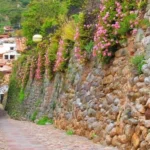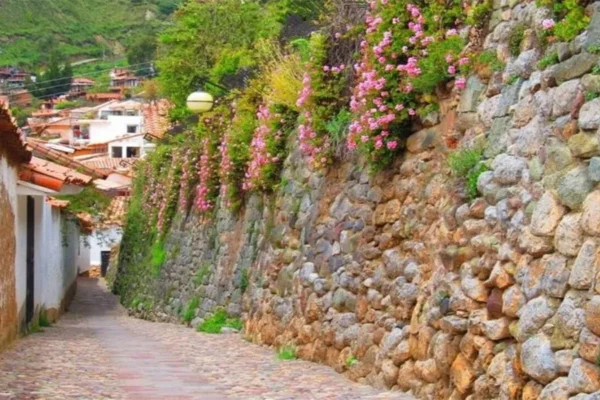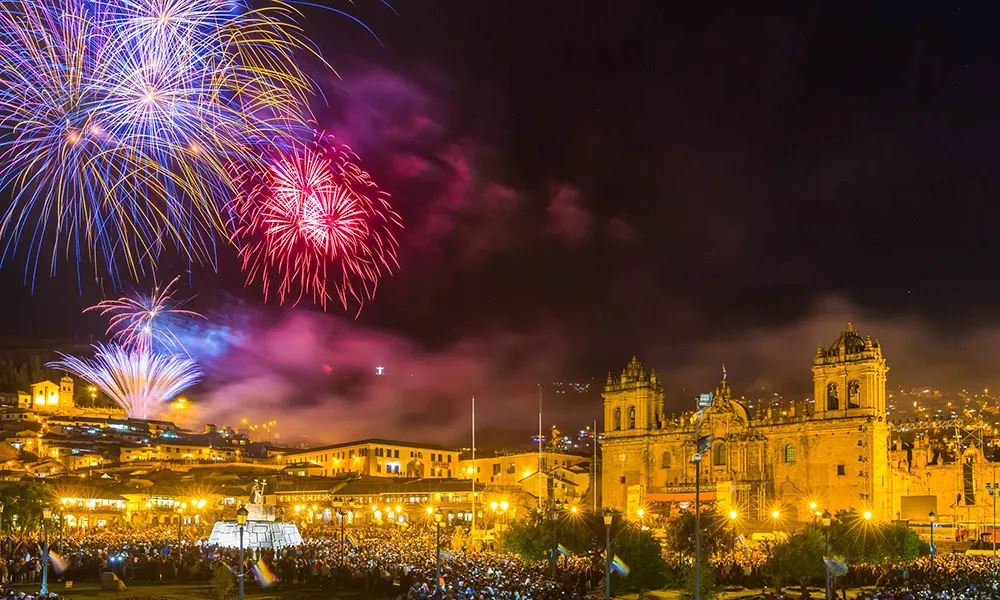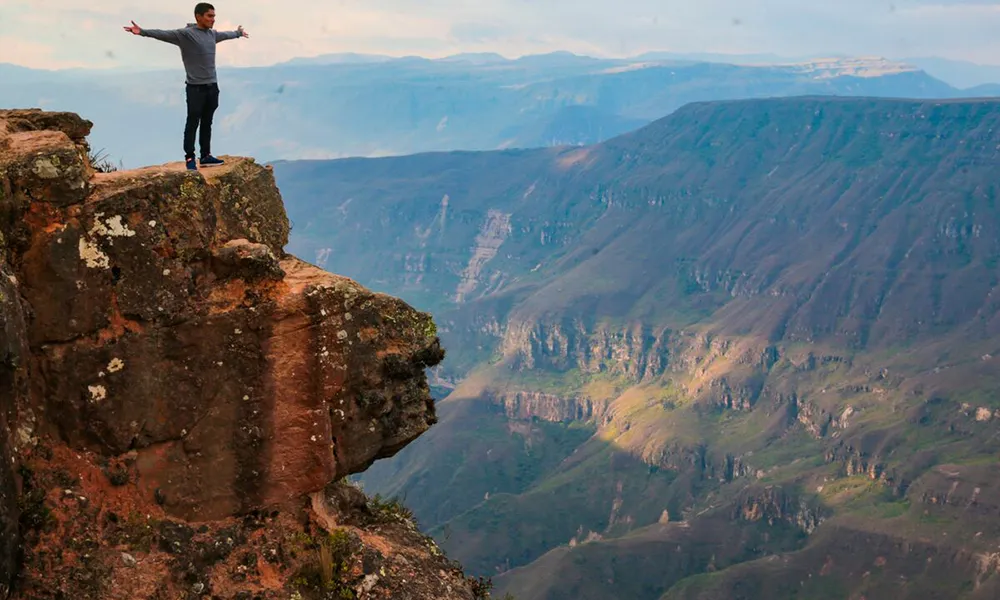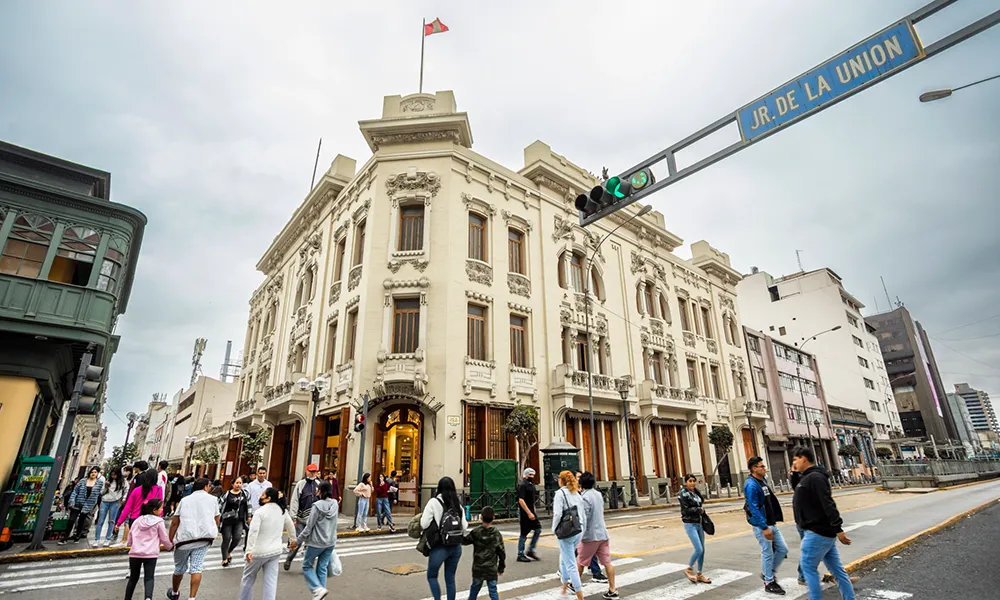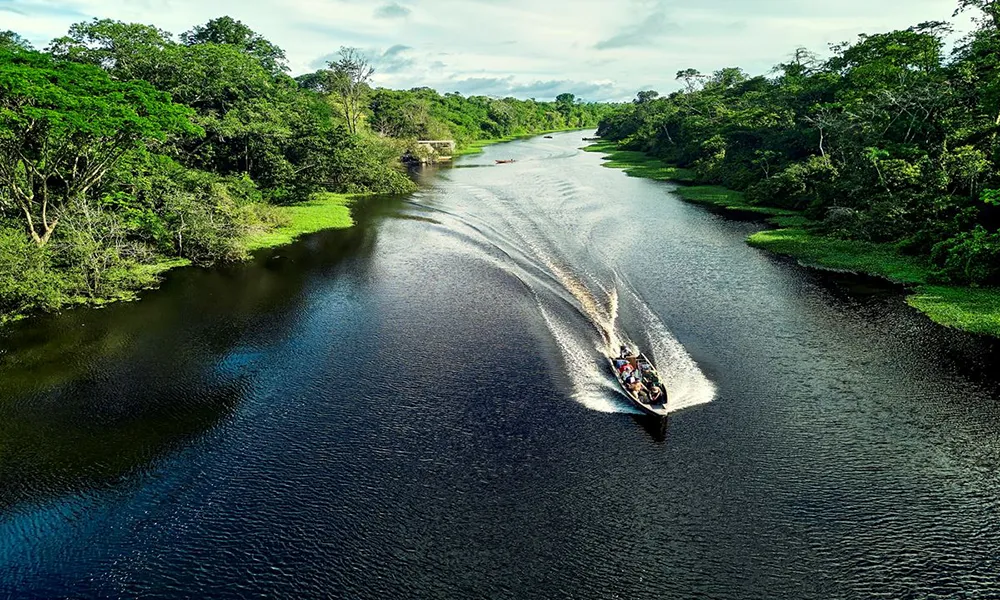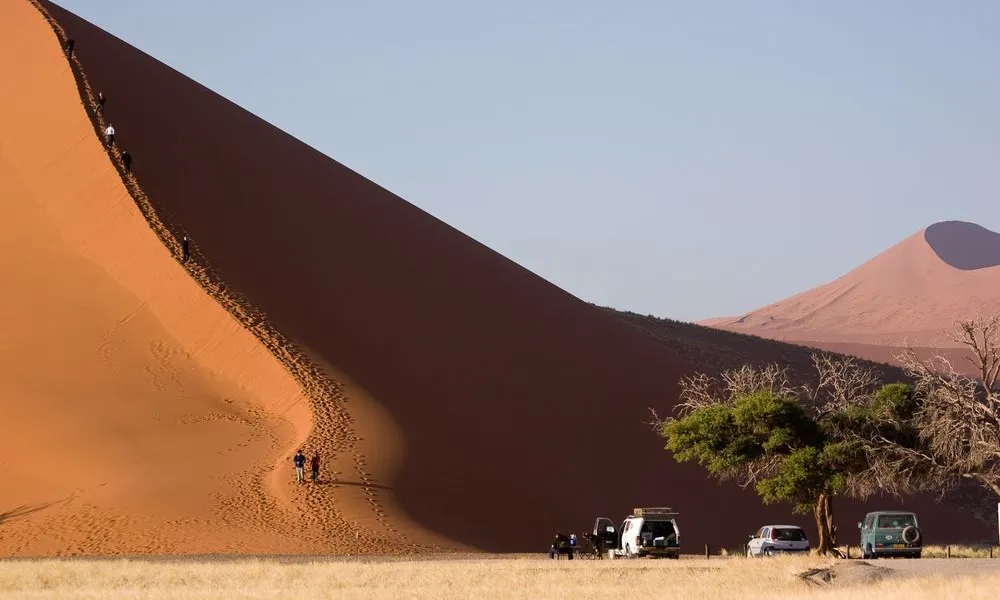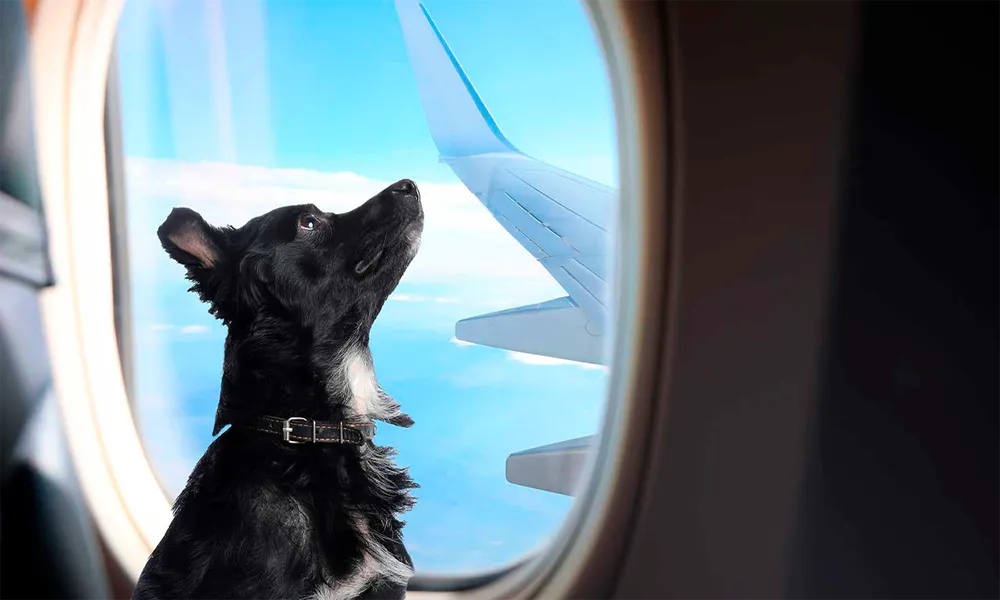
Calle Siete Diablitos is one of the most picturesque and enigmatic corners of Cusco. Located near the San Blas neighborhood, this cobblestone alleyway captivates not only with its colonial architecture and bohemian atmosphere, but also with the legends that surround it. Walking here is like immersing yourself in a space where history, oral tradition, and everyday life intertwine.
📍 Location and how to get there
The street is located a few minutes’ walk from Cusco’s Plaza de Armas, ascending towards the San Blas neighborhood. It is easily accessible via the steep, narrow streets that characterize the historic center. It’s ideal to explore it during an urban walk that includes San Blas, its artisan workshops, and viewpoints.
🏛️ History of Siete Diablitos Street
Siete Diablitos Street, located in the San Blas neighborhood of Cusco, is not only a cobblestone alley typical of the colonial city, but also a space steeped in popular symbolism that combines urban history, Andean architecture, and oral tradition passed down from generation to generation.
🔹 Colonial Origins
During the colonial era, Cusco underwent an urban transformation that blended the Inca layout with new Spanish constructions. During this process, neighborhoods like San Blas emerged, known for their narrow alleys and adobe houses with wooden balconies. Siete Diablitos Street was once one of these secondary streets used by residents and artisans, but gradually became a space associated with intimate and secret encounters.
🔹 The Myth of the “Little Devils”
The street’s name comes from Cusco’s oral tradition. Legend has it that, in times past, this place was a meeting place for young couples seeking privacy away from the prying eyes of family and neighbors. It was said that seven little devils appeared to tempt lovers, inciting them to romance and passion. Therefore, with mischief and a certain moralizing tone, the community began to call it “Seven Little Devils.”
In the popular imagination, these “little devils” were not seen as demonic beings in the religious sense, but rather as mischievous or roguish spirits, typical of the Andean worldview, representing desire, youth, and human temptations.
🔹 The street in Cusco’s social life
Over time, the street became a symbol of clandestine love and the bohemian lifestyle of Cusco. Neighbors used to joke that whoever entered this street with someone else never left alone. That fame was passed down from generation to generation, and to this day locals often tell funny or romantic stories related to the alley.
☀️Recommended weather for your visit
- Dry season (April – October): Sunny days and clear skies, ideal for easy walking.
- Rainy season (November – March): The cobblestones can become slippery, so caution and proper footwear are recommended.
✨ What to see and do
- Walk through its cobblestone alleys and enjoy the bohemian atmosphere of San Blas.
- Learn about local legends told by guides or locals.
- Take artistic photographs in its symbolic corners.
- Combine the tour with a visit to the Temple of San Blas, its artisan workshops, and panoramic viewpoints of the city.
🧳 Travel Tips
Visiting Calle Siete Diablitos isn’t just about walking down a picturesque alley, but also immersing yourself in a space steeped in Cusco legend and tradition:
Clothing and Footwear
- Wear comfortable shoes with good traction, as the cobblestones can be slippery, especially during the rainy season.
- Wear light, layered clothing, as the weather in Cusco changes quickly: cool mornings, sunny afternoons, and cold nights.
- A windbreaker or jacket will be useful even during the dry season.
Safety
- The alley is quiet and touristy, but as with any destination, take care of your belongings.
- Avoid carrying unnecessary valuables or exposing cameras and cell phones in very isolated areas.
- At night, try to walk in a group or with someone.
Cultural Experience
- Ask locals or guides about the legends of the “seven little devils,” as each story often varies in detail, which is part of the charm.
- If you’re traveling as a couple, this place has a romantic and fun atmosphere due to the tradition of secret encounters.
Photography
- It’s a perfect spot for artistic photography thanks to its cobblestones, colonial walls, and picturesque atmosphere.
- The best time for photos is during the morning or at dusk, when the natural light is softer.
Health and Adaptation
- Remember that Cusco is over 3,300 meters above sea level, so walk slowly, stay hydrated, and avoid intense physical exertion if you’ve just arrived in the city.
- Always carry a bottle of water or a coca infusion to prevent altitude sickness.
❓ Frequently Asked Questions about Calle Siete Diablitos
- Why is it called “Calle Siete Diablitos”?
The name comes from a popular Cusco legend that tells of seven little devils appearing in this alley to tempt lovers and arrange romantic, clandestine encounters. Over time, the street became associated with mischief and secret love.
- How much does it cost to visit Calle Siete Diablitos?
The visit is completely free. No entrance fee or guide is required, although a local guide can enrich the experience by sharing the legends and historical context.
- What nearby attractions can you visit?
Nearby are:
- Temple of San Blas, famous for its carved wooden pulpit.
- Mirador de San Blas, with panoramic views of Cusco.
- Colonial streets and artisan workshops, where you can watch local artists working on ceramics, paintings, and textiles.
- Is it recommended for families with children or older adults?
Yes, although keep in mind that the street is steep and cobblestone, which can be a challenge for people with reduced mobility. Comfortable shoes and a leisurely walk are recommended.
- What clothing and accessories should you bring?
- Shoes with good traction for the cobblestones.
- Light, layered clothing for weather changes.
- A sweater or windbreaker, even during the dry season.
- Bring a camera, as the alley is very photogenic.
- Is it worth visiting if I’m short on time in Cusco?
Yes, Calle Siete Diablitos is a small but iconic spot, ideal for integrating into a city tour of Cusco or a free stroll through San Blas. It offers history, legend, and a romantic atmosphere that reflects the essence of Cusco.


